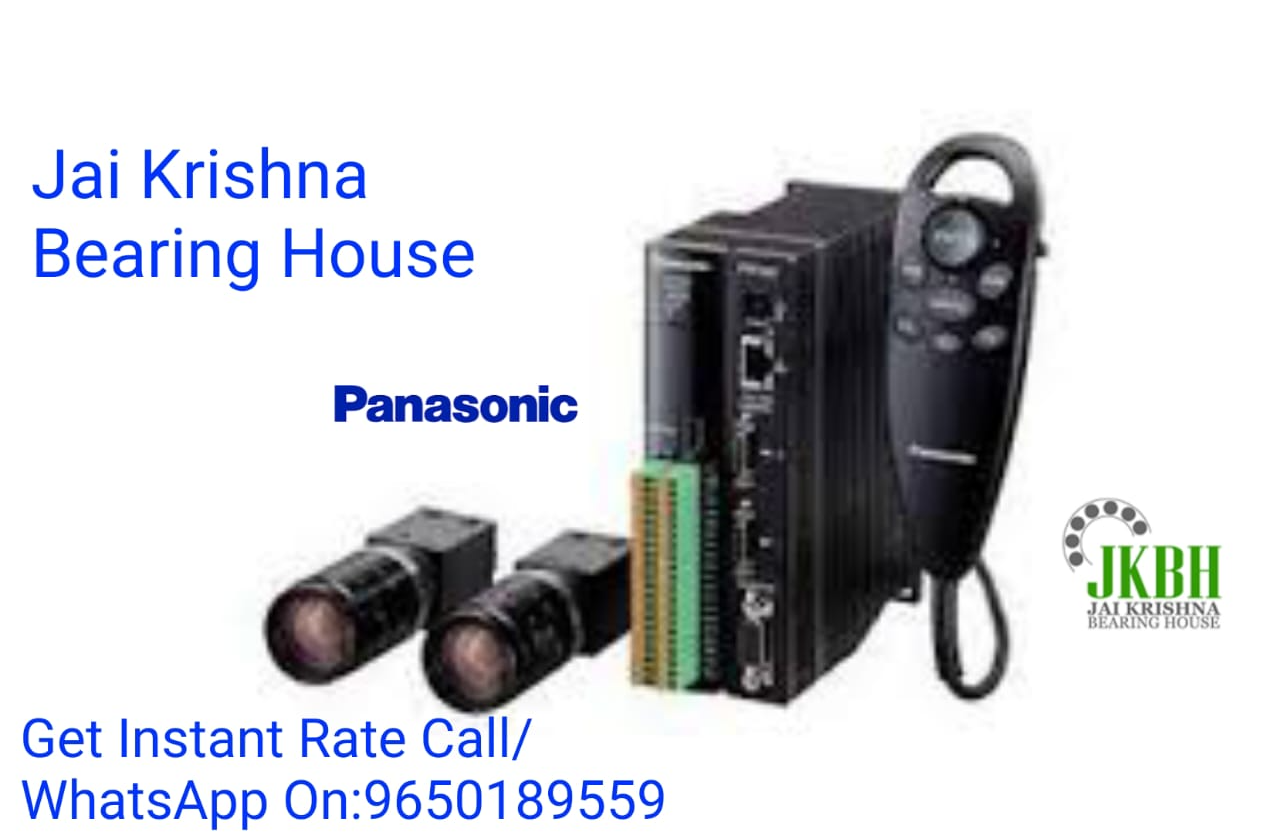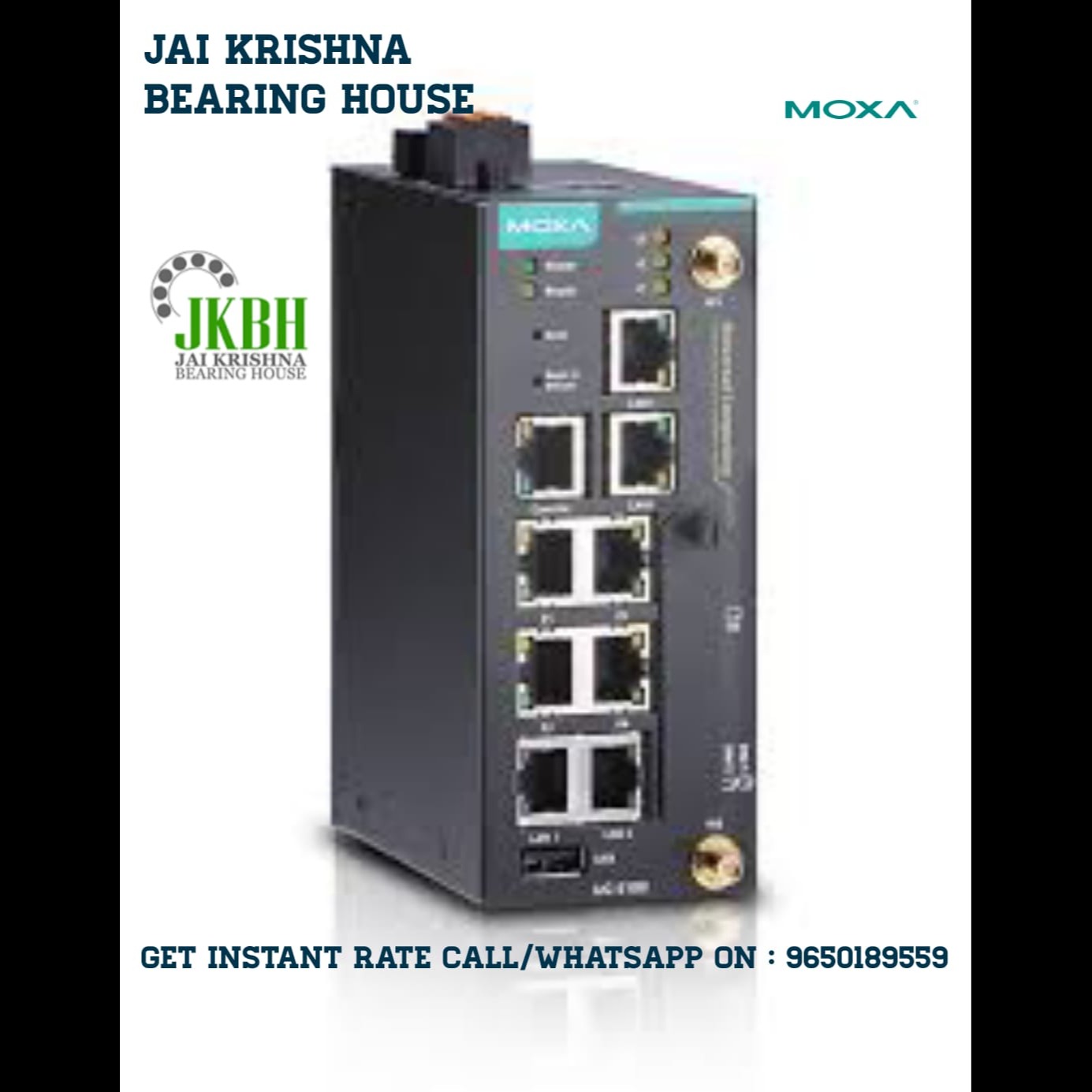
Panasonic Vision System is a technology developed by Panasonic that integrates various components and advanced technologies to provide intelligent visual solutions for industries like manufacturing, automotive, robotics, and more. These systems often use advanced sensors, cameras, artificial intelligence (AI), and machine learning to automate tasks and improve the efficiency, safety, and accuracy of different processes.
Here’s a detailed breakdown of the components and features that typically make up a Panasonic Vision System:
1. Cameras and Sensors
High-resolution Cameras: Panasonic Vision Systems are often built with high-quality, high-definition cameras to capture detailed images. These cameras are used to monitor environments, detect objects, measure distances, and analyze visual data.
3D Imaging Cameras: Some systems also utilize 3D cameras for depth perception, which allows for more advanced applications like robotic vision, object manipulation, and quality inspection.
RGB and Thermal Cameras: Depending on the application, systems may also incorporate both visible light (RGB) and thermal imaging to capture more comprehensive data. Thermal cameras are especially useful in environments where temperature variations are crucial for detecting defects or hazards.
2. Image Processing and Machine Vision
Image Processing Units: The captured images are processed using advanced algorithms to extract meaningful data, such as object detection, pattern recognition, edge detection, and color analysis.
Pattern Recognition: Machine vision capabilities allow the system to recognize predefined patterns, logos, text, and symbols for tasks like quality control or assembly verification.
Edge Detection: Used to identify the boundaries of objects, which is crucial for object recognition and motion tracking.
Inspection Algorithms: For manufacturing and assembly line applications, Panasonic Vision Systems can detect product defects, inconsistencies, and anomalies, ensuring quality control.
3. Artificial Intelligence and Machine Learning
AI-Based Vision: Panasonic Vision Systems use AI algorithms to enable real-time analysis of images, allowing the system to "learn" from the data. Over time, this can improve the accuracy of defect detection, classification, and overall system performance.
Object Recognition and Classification: By training the system with large datasets, AI models can classify different objects or components based on features, colors, shapes, and textures.
Deep Learning: Some systems may incorporate deep learning networks to further enhance recognition capabilities, making the system more adaptive and accurate as it processes more data.
4. Connectivity and Integration
IoT Integration: Many Panasonic Vision Systems can be integrated into the Internet of Things (IoT) ecosystem. This allows data collected from the vision system to be communicated to other devices, systems, or platforms, enabling smarter decision-making and automation.
Cloud Connectivity: Some systems have cloud integration capabilities for storing, analyzing, and sharing data remotely. This is helpful for remote diagnostics, real-time monitoring, and continuous improvement.
Industry-Specific Integration: The vision system can be integrated with other industrial machinery, robotics, and automation platforms. For example, in automotive manufacturing, a vision system can guide robotic arms to place parts with precision.
5. Robotics and Automation
Robotic Vision Systems: In automated factories, Panasonic Vision Systems can guide robots by providing them with visual information for tasks like picking and placing objects, assembly, packaging, and sorting.
Path Planning: The vision system helps robots navigate through environments by analyzing spatial data and optimizing paths for efficiency and safety.
Collaborative Robots (Cobots): Vision systems play a key role in collaborative robotics, where robots and humans work together. The vision system helps detect human presence and ensure that robots operate safely around people.
6. Applications of Panasonic Vision Systems
Industrial Automation: Vision systems are used in manufacturing for tasks such as quality inspection, assembly line monitoring, robotic guidance, and defect detection.
Autonomous Vehicles: Panasonic's vision systems are used in automotive applications, where they provide the visual processing capabilities for autonomous vehicles, helping them detect obstacles, read traffic signs, and ensure safe navigation.
Smart Factories: In smart factory environments, these vision systems are central to Industry 4.0, helping automate inspection, measurement, and monitoring tasks with minimal human intervention.
Healthcare and Medical Imaging: Vision systems can be employed in medical imaging, providing support for diagnostics and analysis in healthcare settings.
Retail and Consumer Electronics: Panasonic's vision systems can be used for inventory management, customer interaction, an



